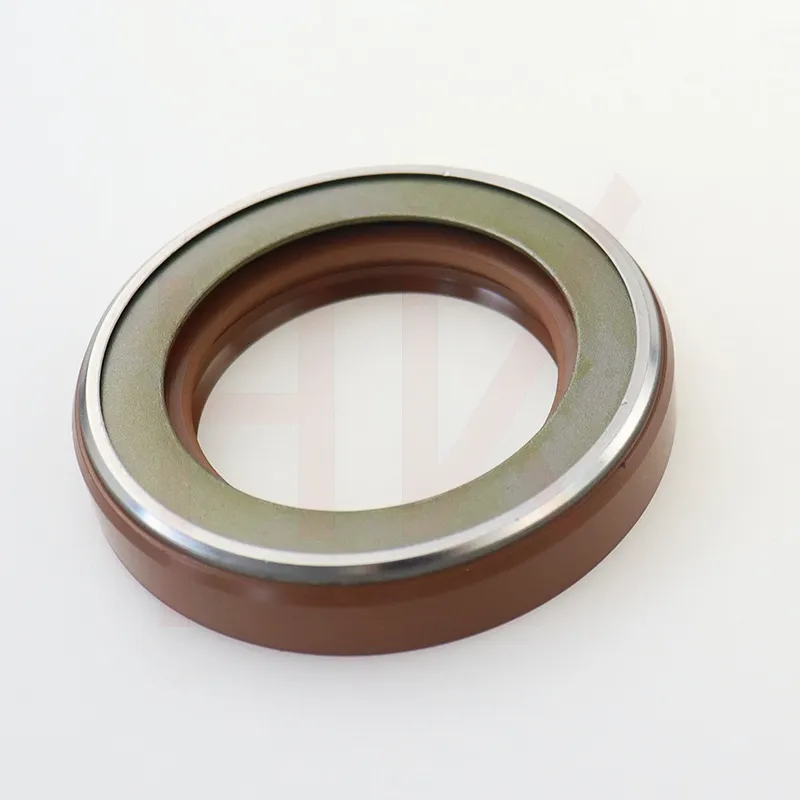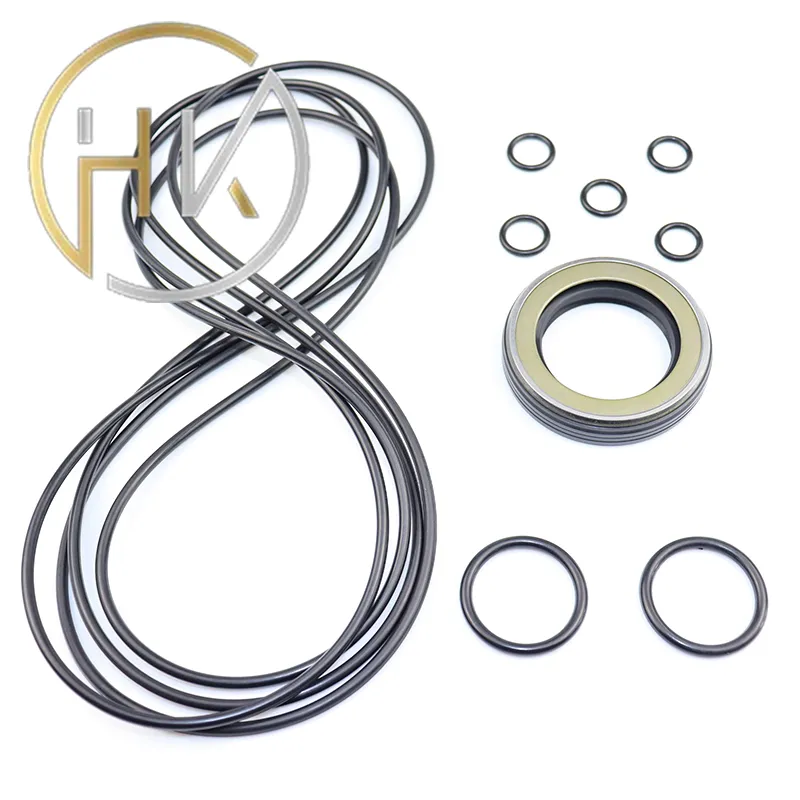Shk . 18, 2025 08:13 Back to list
wiper seals


Hybrid Wiper Seals Hybrid wiper seals combine soft and hard material components to address diverse operational challenges effectively. These seals feature an outer metal casing for strength and a softer wiper lip for flexibility and enhanced sealing capabilities. By incorporating the best of dual materials, hybrid wiper seals cater to complex environments requiring both protection and adaptability. Custom Designed Wiper Seals For specialized applications, custom designed wiper seals offer tailored solutions. These seals are crafted to meet specific operational parameters and environmental conditions, including extreme temperatures or unique chemical exposures. Employing advanced computational tools and material science, manufacturers can produce wiper seals that address niche needs, providing enhanced performance and longevity. Selecting the appropriate wiper seal type is crucial, as the wrong choice can lead to equipment failure and increased maintenance costs. Engage with experienced seal manufacturers to analyze the operational environment, taking into account factors like temperature fluctuations, chemical exposure, and mechanical load. Maintaining high standards of manufacturing and material selection is equally critical, as this directly influences the reliability and lifecycle of wiper seals. It's advisable to work closely with suppliers that adhere to stringent quality control measures and have a proven track record in the industry. In conclusion, the wide range of wiper seal types available offers extensive options tailored to meet specific needs across various applications. Understanding their unique characteristics enables informed decision-making, ensuring optimal system performance and prolonged operational life. By integrating expert insights, cutting-edge materials, and robust engineering principles, selecting the right wiper seal becomes a straightforward process, guaranteeing efficiency and cost-effectiveness in maintenance practices.
-
Unlocking the Potential of Hydraulic Systems with Essential Sealing Solutions
NewsAug.06,2025
-
Unleash the Power of Your Hydraulic Systems with Our Premium Seal Kits
NewsAug.06,2025
-
Specialized Hydraulic Seal Kits for Breakers, Pistons, and Presses
NewsAug.06,2025
-
Revitalize Hydraulic Systems with Premium Repair and Seal Kits
NewsAug.06,2025
-
Fortify Your Cylinders with Premium Sealing Solutions
NewsAug.06,2025
-
Elevate Hydraulic System Reliability with Specialized Seal Kits
NewsAug.06,2025
-
TCN Oil Seal Metal Ring Reinforcement for Heavy Machinery
NewsJul.25,2025
Products categories
















